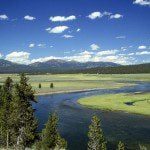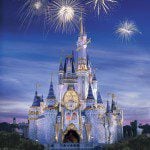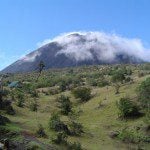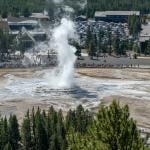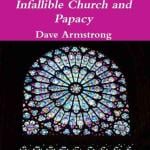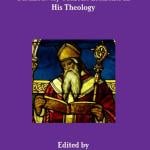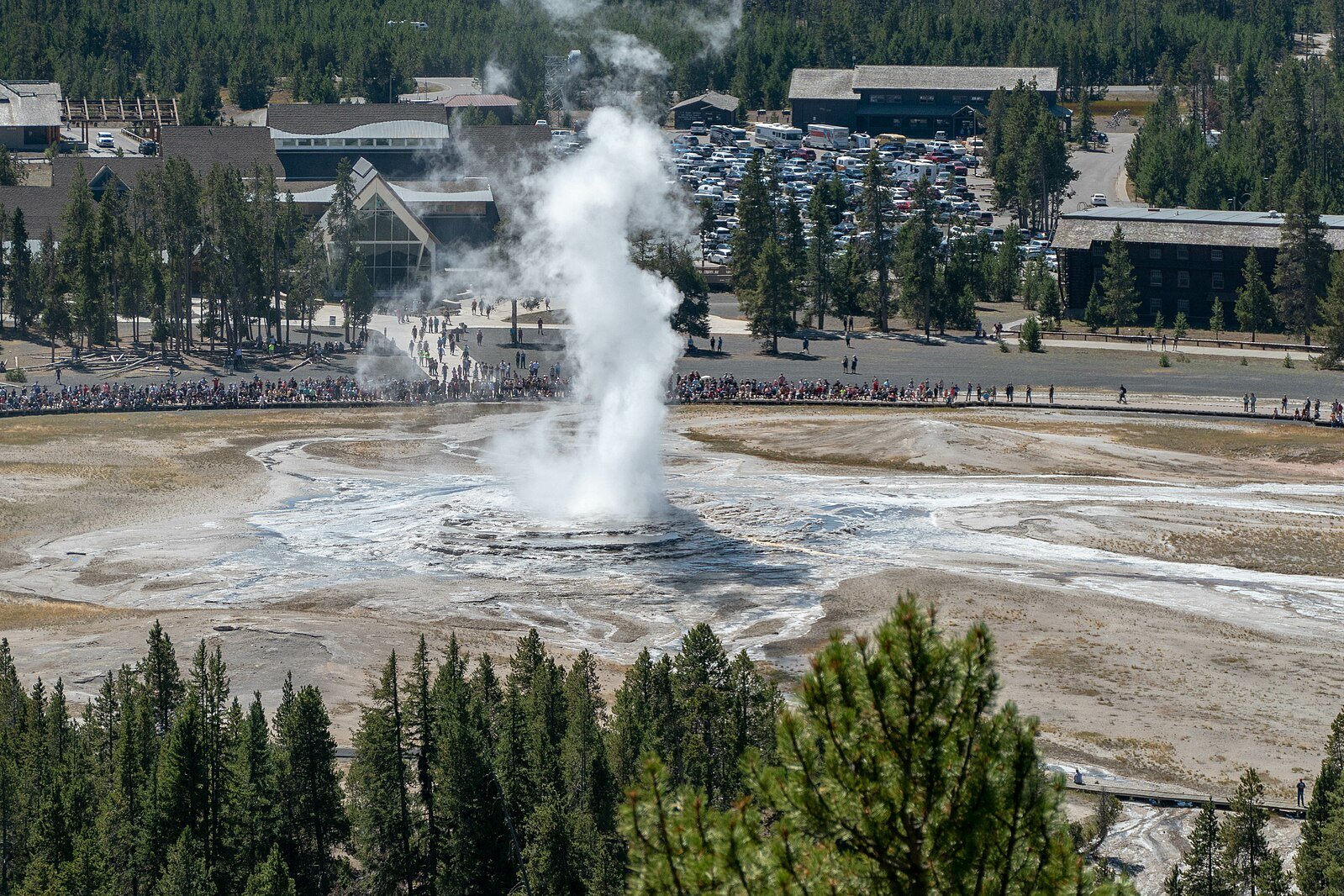
So near and yet so far. We didn’t have enough minutes to do Yellowstone even approximate justice today; this has been, for at least two of us, a working vacation, one of whom has fixed hours of employment geared to a different time zone. So the eventual choice today wasn’t to go into the National Park but to take the grandchild who is with us here to the Grizzly and Wolf Discovery Center right near our lodging. It was a real hit with the Third-Generation Unit. (I obscure the gender so as to render him/her/it a more difficult target for the tender mercies of my obsessive anonymous internet critics; to choose an example of past behavior, one of them, a still-active stalker, once found my then-very-young son’s Christmas wishlist on an online site and used its contents to frame an attack on my parenting.) Now, though, we have an excuse to come back to Yellowstone.
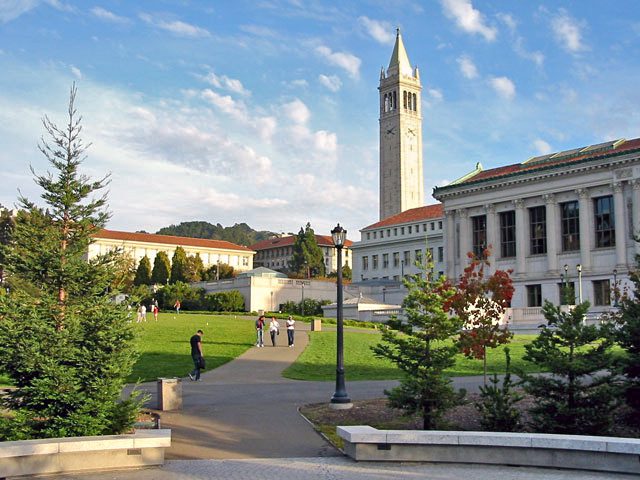
I’ve shared some material here in the past from Elizabeth Lloyd Mayer’s posthumously-published 2008 book
Known as Lisby by her many friends and colleagues, Elizabeth Lloyd Mayer was an internationally known psychoanalyst, researcher, and clinician, the author of groundbreaking papers on female development, clinical technique, the nature of science, and intuition. A graduate of Radcliffe College, she received her doctorate from Stanford University and graduated from the San Francisco Psychoanalytic Institute, where she later became a training and supervising analyst. She was associate clinical professor of psychology at the University of California, Berkeley, and in the psychiatry department at the University of California Medical Center, San Francisco. She was also a fellow of the International Consciousness Research Laboratories at Princeton and on the research faculty of the Institute for Health and Healing at California Pacific Medical Center. She maintained a private practice in Berkeley for thirty years. Dr. Mayer served on the editorial boards of many of the major journals in her field, including the Journal of the American Psychoanalytic Association, International Journal of Psychoanalysis, Gender and Psychoanalysis, The Psychoanalytic Quarterly, and Contemporary Psychoanalysis. She was the first winner of the American Psychoanalytic Association’s prestigious Menninger Award. A contralto with a long-standing interest in traditional folk and classical music, she was a founder of the California Revels and its artistic director for many years. The mother of two daughters, she was also the producer of an award-winning video series on music education for children and was named Alameda County’s Woman of the Year for Arts and Culture in 1995. Dr. Mayer died on New Year’s Day, 2005, shortly after completing Extraordinary Knowing. (263)
I’ll be on the road for pretty much the rest of the day, heading home, so here are today’s passages:
I claim that paranormal phenomena may really exist. . . . The hypothesis that paranormal phenomena are real but lie outside the limits of science is supported by a great mass of evidence. . . . I find it plausible that a world of mental phenomena should exist, too fluid and evanescent to be grasped with the cumbersome tools of science. . . . One of my grandmothers was a notorious and successful faith healer. One of my cousins was for many years the editor of the Journal of the Society for Psychical Research. Both these ladies were well educated, highly intelligent, and fervent believers in paranormal phenomena. They may have been deluded, but neither of them was a fool. Their beliefs were based on personal experience and careful scrutiny of evidence. Nothing that they believed was incompatible with science. Whether paranormal phenomena exist or not, the evidence for their existence is corrupted by a vast amount of nonsense and outright fraud. Before we can begin to evaluate the evidence, we must get rid of the hucksters and charlatans who have turned unsolved mysteries into a profitable business. (238)
Clearly, Professor Mayer herself was not obviously and naïvely gullible. But, as she puts it, “I had to doubt my existing models of reality or I had to doubt myself” (214). In the “Epilogue” to Extraordinary Knowing, she refers back to the surprising personal story with which her book opens (and which I very briefly summarized here):
It’s been fifteen years since my daughter’s harp came back. I’ve opened the door to questions about reality that shake the foundations of the world as I’ve known it. The real cost of the journey has been to give up one variety of certainty. This means the loss of a familiar world that plays by the rules, in which cause leads reliably to effects we can specify, rationality triumphs in predictable ways, and we have some sense that we can gain control over our experience. Worse, the world opening up to me is too often inhabited by ideas I deeply mistrust and people who swallow every New Age fad, people whose credulity horrifies me. (263)
Under highly controlled, double-blind conditions, these experiments suggest that human beings have a nervous system wired to perceive events three to five seconds into the future.Reacting in advance to a loud noise? To a calming versus emotionally stimulating picture? Seeing three seconds into the future, maybe five? Such a response may not seem like much. But if it’s true, it changes everything. (229)
Consider, for example, experiments testing what are known as Bell’s theorem and the EPR (Einstein-Podolsky-Rosen) paradox. These experiments have definitively demonstrated that, under certain conditions, particles that have been in close association with each other as a two-particle system will defy familiar constraints of time and space in relation to each other. They’ll each instantly compensate for a change in the state of the other, no matter how distant they happen to be and without any identifiable channel for communication between them. This quantum physics equivalent of human entrainment is called entanglement. In “Entanglement: The Weirdest Link,” scientist reporter Michael Brooks discusses the latest developments concerning what Einstein once dubbed spukhafte Fernwirkungen, “spooky action at a distance.” Thomas Durt of Vrije University in Brussels also believes entanglement is everywhere. He has recently shown, from the basic equations that Schrödinger considered, that almost all quantum interactions produce entanglement, whatever the conditions. “When you see light coming from a faraway star, the photon is almost certainly entangled with the atoms of the star and the atoms encountered along the way,” he says. And the constant interactions between electrons in the atoms that make up your body are no exception. According to Durt, we are a mass of entanglements. (257)
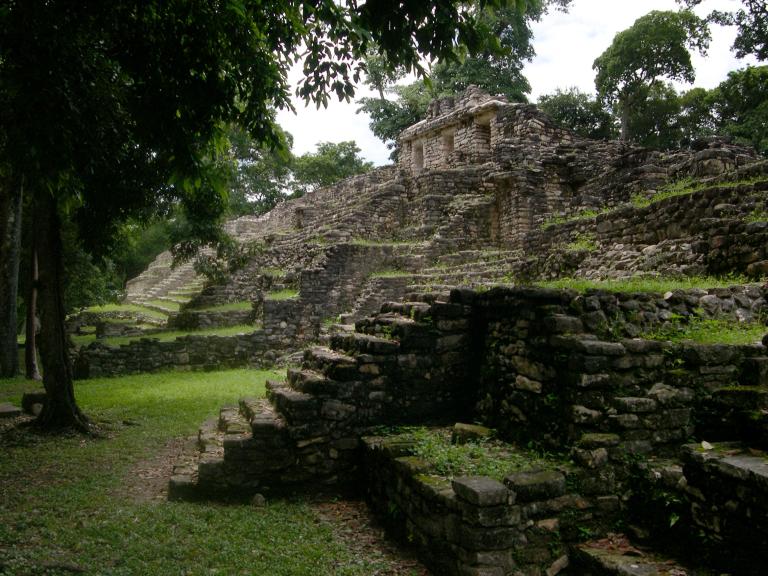
Elsewhere on the web, my claim here (in a comment responding to a comment) that the development of limited geographical models for the Book of Mormon was primarily driven by close reading of the book’s text is being mocked. I said that panicked recognition of a lack of archaeological and DNA evidence for a hemispheric model wasn’t a motivator. It was, one of the mockers says, just pure coincidence that such models were developed. The lack of evidence wasn’t a factor at all.
Well, I stand corrected. Crick and Watson arrived at their double helix model for DNA in February of 1953, and the study of DNA took off thereafter. Within mere decades of February 1953, DNA analysis began to be applied to the Pre-Columbian Americas.
Which – coupled with a remarkable display of clairvoyance — explains why John Sorenson was down in Chiapas, in the very south of Mexico, on a dig with BYU’s New World Archaeological Foundation that began in January 1953. The DNA data from decades later that would ultimately force creation of a limited Tehuantepec model drove him to it. Obviously. Only small minds believe that historical causation works in just one direction. Sophisticated minds, at least when they badly need to do so, can believe that the Second World War was one of the causes of the Versailles Treaty and that Reconstruction caused the American Civil War.
And, of course, the origins of the limited-geographical Mesoamerican model for the Book of Mormon go back well before John Sorenson (who, however, remains its best-known advocate) to people like M. Wells Jakeman and, before him, to Janne M. Sjödahl at the start of the 1920s and, if we cast the net a bit further, to Louis Edward Hills (a member of what was then known as the Reorganized Church of Jesus Christ of Latter Day Saints) in about 1917 — which makes the cause-and-effect relationship between post-1953 DNA discoveries and the idea of a limited geography even more remarkable. (For an extended discussion of the subject, see Matthew Roper, “Limited Geography and the Book of Mormon: Historical Antecedents and Early Interpretations,” The FARMS Review 16/2 (2004): 225-275.)
And yes, it’s true that Latter-day Saint scholars seeking to identify a geographical setting for the Book of Mormon have tended to go where they reasoned that relevant evidence would be found rather than to places where they had decided that it wouldn’t be found. Is that really surprising? Researchers looking for genetic links to cancer don’t typically focus first on the Huntington Library’s holdings of Western Americana. Historians looking for the causes of the decline and fall of the Roman Empire probably don’t start their work with a census of elk herds in the Canadian Rockies. Similarly, those looking for evidence of the large cities described in the Book of Mormon for the Pre-Classic period are likely to search first in places where large cities were built in the Americas during the Pre-Classic period.
Another critic demands, with a straight face, that believers in the Book of Mormon prove it authentically ancient prior to trying to figure out where its narrative might have occurred and, therefore, prior to looking for supporting evidence in that location. Otherwise, he says, with every appearance of being serious, we’re putting the cart before the horse. Oy veh.


